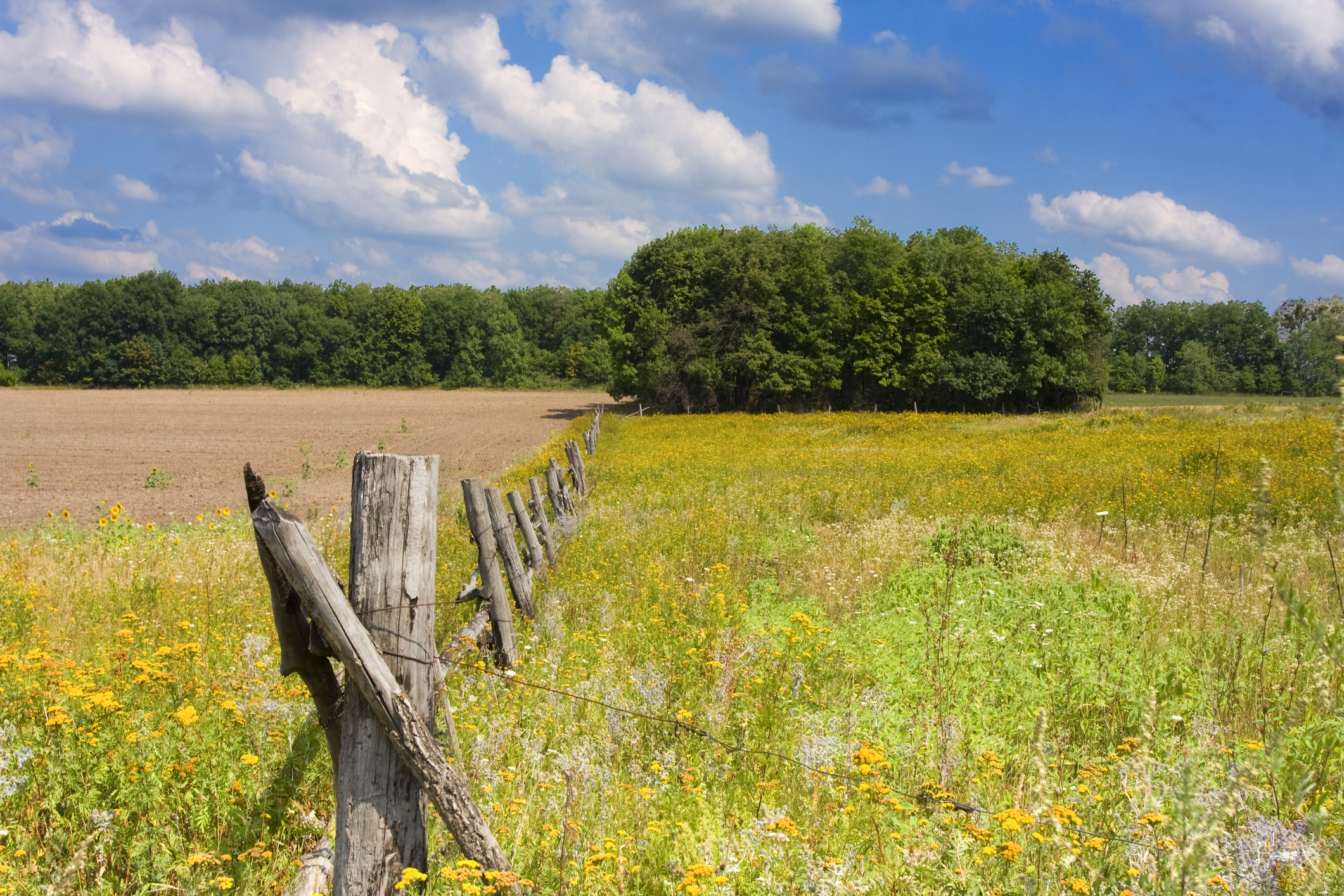 Most of the Farm Bills over the years, including the one presently under consideration for reauthorization in Congress, are pretty ugly in terms of fiscal irresponsibility, rent-seeking, and economic inequity, i.e., paying the wealthy rather than the poor. I have commented on these matters in Harvest Season in Washington. I have also argued that the Republican Party’s support for these monstrosities undermines its credibility as the party of fiscal responsibility here at GOP Needs Street Cred on Farm Subsidies.
Most of the Farm Bills over the years, including the one presently under consideration for reauthorization in Congress, are pretty ugly in terms of fiscal irresponsibility, rent-seeking, and economic inequity, i.e., paying the wealthy rather than the poor. I have commented on these matters in Harvest Season in Washington. I have also argued that the Republican Party’s support for these monstrosities undermines its credibility as the party of fiscal responsibility here at GOP Needs Street Cred on Farm Subsidies.
The bundling of farm subsidies, subsidized crop insurance, and other items with food stamps in one legislative package is, of course, a bipartisan conspiracy against taxpayers. This is not to say that either low-income or poor farmers or citizens should not be supported with either farm support or food stamps. But the farm programs seem to be immune to reforms such as means testing (I don’t consider a 60 percent subsidy for crop insurance premiums a “reform.”). It is particularly hypocritical when conservatives denounce food stamps for poor people while supporting farm subsidies for wealthy and middle-class farmers. Do you know any poor farmers? And don’t get me started on ethanol.
Yet, at the risk of being accused of inconsistency, let me say a good word about the conservation programs which have done so much to address soil erosion, wetlands loss, wildlife habitat, and, to a degree, nutrient over-enrichment. Again, if conservation programs were not bundled up with farm subsidies, food stamps, or “Soviet-style” milk industry supports (to use a term employed by House Speaker Boehner), I could support a conservation bill with a clear conscience.
I say this because we do not have any other way to make progress on many areas of conservation and environmental protection which are most impacted by agricultural non-point (e.g., row crop agriculture) or point-source (e.g., large-scale, concentrated livestock operations) pollution. While there is some regulation of the large livestock operations under the Clean Water Act it is very imprecise compared to traditional municipal and industrial point sources. Moreover, there is a specific agricultural stormwater exemption in the law which limits regulation generally.
Let’s be clear. There is unlikely to be any regulatory regime in place, relative to nonpoint agricultural pollution, in my lifetime, at the federal level at least. State regulation is also very rare particulary in the farm belt. I am from Missouri. Show me how I am wrong here.
Given the clear environmental impacts and negative externalities associated with agriculture, both historically and currently (e.g., agriculture is the largest contributor of nutrients to the very impaired Chesapeake Bay), as well as the limited impact of water quality trading driven mostly by compliance cost concerns of municipal point sources, these conservation programs are needed and even justified as a prudent and necessary governmental intervention. To take one example, the Farm Bill, or conservation programs contained therein, are probably more likely to address the challenge of hypoxia on the Gulf of Mexico much more than the Clean Water Act since less than 10 percent of the delivered load of nutrients are from regulated traditional, end-of-the-pipe point sources. To its credit, USDA has bucked some in Congress and started targeting conservation dollars based on the highest environmental benefit rather than simply spreading the money around to maximize political support.
I recently reviewed a truly excellent book by Stan Trimble, a distinguished soil scientist and professor emeritus of geography at UCLA for The Environmental Law Institute. Published by CRC Press (Taylor & Francis Group), it can be found here at Ruin, Recovery in the Mississippi Watershed. It is entitled, Historical Agriculture and Soil Erosion in the Upper Mississippi Valley Hill Country (2013). The book chronicles a story of ruin and recovery in areas of Minnesota, Iowa, Illinois and Wisconsin, specifically the Driftless Area, a kind of idyllic Arcadia when first settled in the early 19th century. Relying on 39 years of research and amazing before-and-after archival photographs, Trimble documents the devastation wrought by soil erosion and massive changes in hydrology and flow regimes due to uninformed and unscientific agricultural practices. “Torrents of mud” would result from even moderate rainstorms threatening homes and farms and wiping out lovely streams of brook trout.
On larger streams. and in the floodplains, floodwaters destroyed crops and fences, undermining the fertility of fields, swamping pastures, decreasing farm income, and often driving farmers off their land. Roadways and railroad lines were closed, often ripped away or buried. Bridges were demolished, along with telephone and power lines.
“In a real sense,” writes Dr. Trimble, “the landscape was truly out of control.”
The hero of the book is the USDA and scientists at various universities who diagnosed the problem and worked with farmers to rectify the problem through measures such as contour farming, getting animals off the hillsides, good information and instruction. Trimble draws the conclusion that well-designed programs, such as USDA’s conservation and outreach efforts, enlightened citizens and ameliorated the problems. The United States, says Trimble, “Has led the work in soil conservation technology, and administration, and this continues, as epitomized by the Hill Country.”
The federal government is broke. States are empowered to implement their own programs, and many have and must do so in the future. Until entitlement spending is reformed, all federal spending will and should be curtailed since there is little left for domestic discretionary spending. In my home state of Missouri, a citizen petition drive, decades ago, led to a 1/8 cent sales tax being implemented. It was split between soil and water conservation and the state parks system. Missouri was, back when I was DNR director there, trying to avoid moving from number three in the nation in soil loss to number one. The goal was “T by 2000”-tolerable soil loss by that target date. The program was and is hugely successful. It may be the only time in the history of Western Civilization when the Farm Bureau and the Sierra Club were on the same side of an issue! The sales tax is ratified with overwhelming electoral majorities whenever it sunsets and comes up for renewal.
I am not saying that a subsidized conservation program, at either the federal or state level, is ideal. But it is better than a) intrusive government regulation, and b) doing nothing. A prudent, non-ideological conservative should support these programs for the benefit of the environment, agriculture, and even the regulated point sources who will pay the price of inactivity, in terms of their over-regulation, if we allow the problem, say, of nutrient runoff to persist without decisive action.
If you are not keen on regulation of private property or wetlands under section 404 of the Clean Water Act, consider supporting the USDA’s conservation programs which have probably done as much, if not more, to help the nation achieve something like “no net loss of wetlands.” You get my point.

